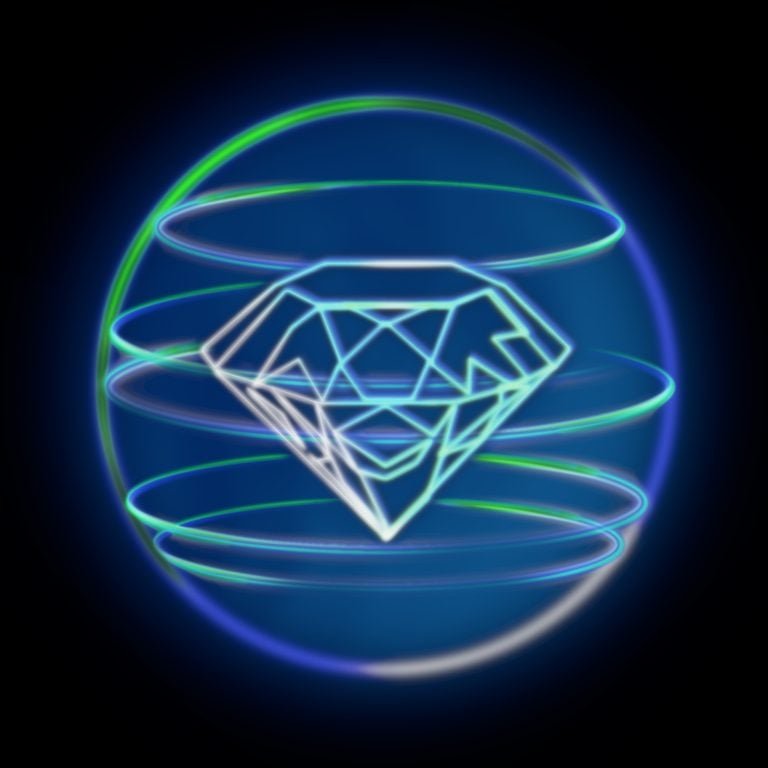Scientists at Karlsruhe Institute of Technology (KIT) have achieved a major breakthrough in the development of diamond-based quantum computers. This innovation paves the way for secure and efficient quantum communication.
The Challenge of Qubit Stability
Quantum computers rely on qubits, the quantum equivalent of classical bits. However, extending the coherence time of qubits – the time they can store information stably – remains a significant challenge.
Diamond Qubits: A Promising Solution
Researchers Ioannis Karapatzakis and Jeremias Resch investigated tin-vacancy (SnV) centers in diamonds. These defects have special optical and magnetic properties, making them suitable for quantum communication.
Key Findings:
- Precise control of SnV center qubits using microwaves.
- Increased coherence times to 10 milliseconds – a significant improvement.
- Efficient control using superconducting waveguides, minimizing heat generation.
Implications for Quantum Communication
This breakthrough enables:
- Stable qubits for secure data transmission.
- Efficient coupling of qubits with photons.
- Potential for scalable quantum computers.
Expert Insights
“To establish communication between two users or quantum computers, we need to transfer qubit quantum states to photons.” – Jeremias Resch
“Our results offer the potential for an important breakthrough in the future development of secure and efficient quantum communication.” – Ioannis Karapatzakis
Reference:
“Microwave Control of the Tin-Vacancy Spin Qubit in Diamond with a Superconducting Waveguide” by Ioannis Karapatzakis et al., Physical Review X, 27 August 2024.
Share Your Thoughts:
How do you think diamond-based qubits will impact the future of quantum communication? Share your thoughts in the comments below!
Recommended Reading:
- Magnetic Qubits: Scientists Develop New Way To Manipulate Quantum States
- Quantum Breakthrough: 1.58 Dimensions Unlock Zero-Loss Energy Efficiency
- Innovative Error Correction Framework Paves the Way for Scalable Quantum Computers
Stay Tuned:
Follow our blog for more updates on the latest quantum computing breakthroughs and innovations!

















